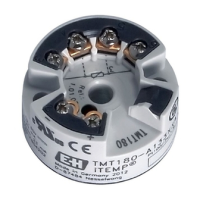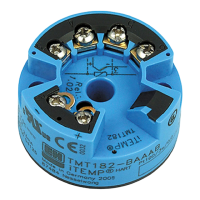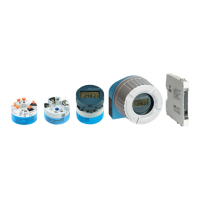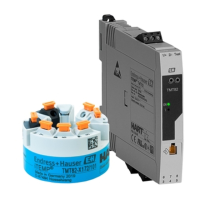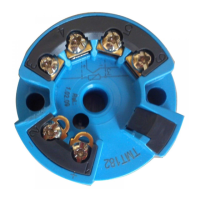What to do if my Endress+Hauser iTEMP TMT142B Transmitter is not responding?
- JJason OliverAug 7, 2025
If your Endress+Hauser Transmitter is not responding, there are several possible causes: * The supply voltage may not match the voltage specified on the nameplate. In this case, check the voltage at the transmitter directly using a voltmeter and correct it. * The connecting cables may not be in contact with the terminals. Check the contacting of the cables and terminals and correct if necessary. * The electronics unit may be defective, requiring you to replace the device.




